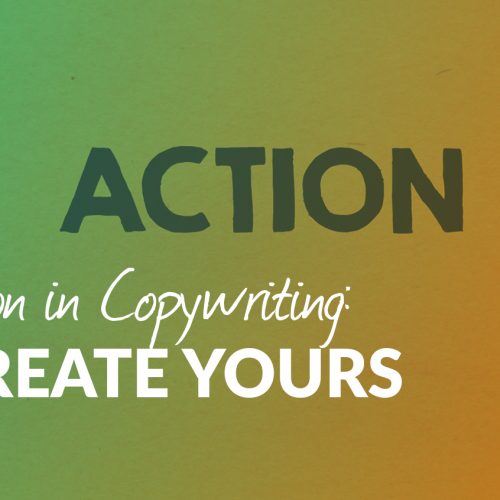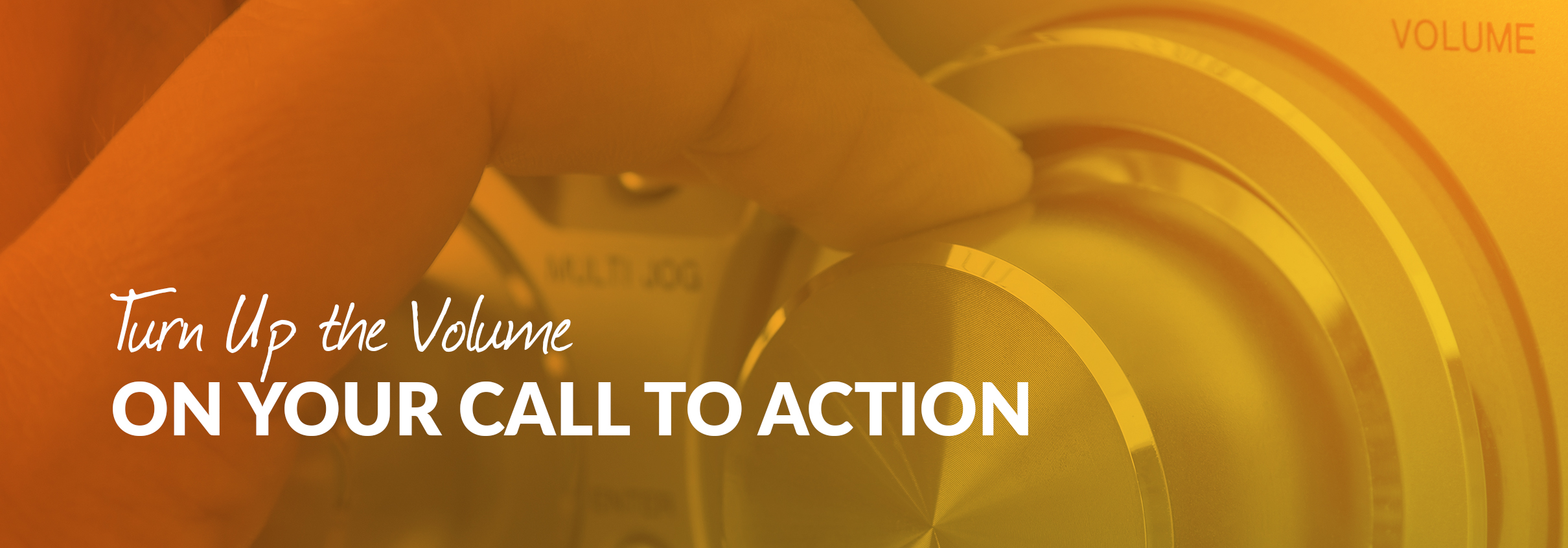How to Write a Sensational Call-to-Action to Boost Your Content Clicks & Revenue
Every good writer knows that there are few lines more important to the inbound content creation process than the call-to-action, or CTA. A CTA motivates a visitor to take immediate action by saying things like “Click here to learn more,” “subscribe to our email list for daily updates,” or even, “buy the product you’re reading about here.” Essentially, a CTA tells the audience what it should be doing next, which serves the incredibly important marketing purpose of increasing conversion rates and boosting sale numbers. For the content marketer or copywriter there are few skills quite so important as learning to craft a strong, compelling CTA. Today, we’re here to help you learn how to write a CTA that will boost the ROI of your online content, beyond a doubt. Ready? Why You Need to Worry about How to Write a CTA I don’t need a call-to-action if my content is really good, right? This is a fallible fallacy that I believed once. Would you believe it? Yes, I debated marketers and said once that good content can stand by itself. Then, after a great conversation with Guillaume from Scoop.it, I created some CTAs and I saw more readers click, follow through and visit my services page. You do need to nudge your visitors to action! Unfortunately, that will remain the truth. Do not, do not make the same mistakes I did. To prove why CTAs are so efficient, check this out: Over 90% of visitors who read your headline will actually read your CTA, as well. (Unbounce) Emails with an non-convoluted single call-to-action received an increase of 371% in clicks, and in sales, a whopping 1617%. (WordStream) Adding a CTA to your Facebook business or public figure page can increase your CTR rate by 285%. (AdRoll) Marketer Kimberly Snyder increased conversions by 144% by making her visitors watch an informational video on her services before giving them a CTA. (QuickSprout) Finally, ready for this one? From Grow & Convert: There you go. Without a doubt–CTAs are crucial to the growth, ROI, and value of your online content. Now, let’s talk about how to create them! Defining What Makes Up a CTA Think about the time you spend cruising the web every day. Maybe you read a few blogs, subscribe to an online journal or two or do a bit of shopping. Now, think about how often you see a pop-up window of some type that implores you to please “buy now!” “subscribe!” “sign up!” or “click here.” These are CTAs. A CTA serves the purpose of directing a business’s customers to their next step and helping the business enjoy increased conversion rates and more sales. CTAs are an important marketing tool and can be found in everything from website landing pages to television commercials. But what makes a CTA actually work? Inspire people to take that action of clicking through? The answer may surprise you: there’s a real psychology behind it all. The Inner Psychology Behind Why a CTA Works In addition to serving a marketing purpose, a good CTA serves the distinct psychological purpose of drawing upon people’s desire to act immediately. Because of the sense of urgency in a CTA, people are much more likely to take a specific action than they would have been had there been no CTA to give them a specific and definable nudge in the right direction. This nudge works, because humans aren’t often eager to take action if left to ourselves. This is not to say that we lack the ability to dress ourselves and decide what we want to eat for lunch but that, when it comes to larger decisions, we often need help to determine which direction we will take. This is called perceptual set theory in psychological speak. Perceptual set theory: the theory that our human mind perceives the world around it in a three-fold process, that helps discern, develop expectation, create drive and motivation. This is why we often consult our friends and loved ones for advice in the event of large decisions or purchases. A CTA caters to this need for validation and direction in a somewhat subdued way. Because people expect a nudge from the company or product with which they are flirting, the CTA is both expected and effective at encouraging a desired outcome. 7 Key Fundamentals You Need to Know to Write an Awesome CTA 1) Be Short, Sweet, Direct A CTA is not a platform for the long-winded discussion of benefits or “here are the top 10 reasons you should click here” explanations. Tell your visitors what you want them to do and leave it at that. Utilize strong command verbs like “download” “submit” or “subscribe” and avoid wishy-washy words that convey a sense of uncertainty, such as “try” or “see.” When it comes to marketing, people want direction and the entire purpose of a CTA is to tell them what to do next. Don’t be afraid to be direct. 2) Write In First-Person This simple trick goes a long way. Michael Aagard of Content Verve saw a tremendous 90% increase in clicks by simply using first-person in their CTA content: “Start my free 30 day trial” vs. “Start your free 30 day trial.” When your reader clicks the button, they’re claiming a benefit for them–and writing in first person solidifies that positive feeling. 3) Use CTAs Throughout Your Content, Not Just Once HubSpot discovered that anchor text CTAs increased their conversion rates by 121%. What’s more, between 47 – 93% of incoming leads from a post came only from anchor text CTAs: and 83% to 93% of all leads from a post came from anchor text AND internal link CTAs. Don’t just stop with a CTA at the bottom of your content: incorporate a few well-worded call to actions throughout your content. Example: if I was writing a tip about creating great meta content, I might link to a useful blog on our site about meta content for additional reading, or straight to our meta content writing services to catch service inquiries from interested leads. 4) Give Readers Something Valuable In order for a CTA to be effective, it needs to convey a sense of value and VIP-like inclusion. … Read more


